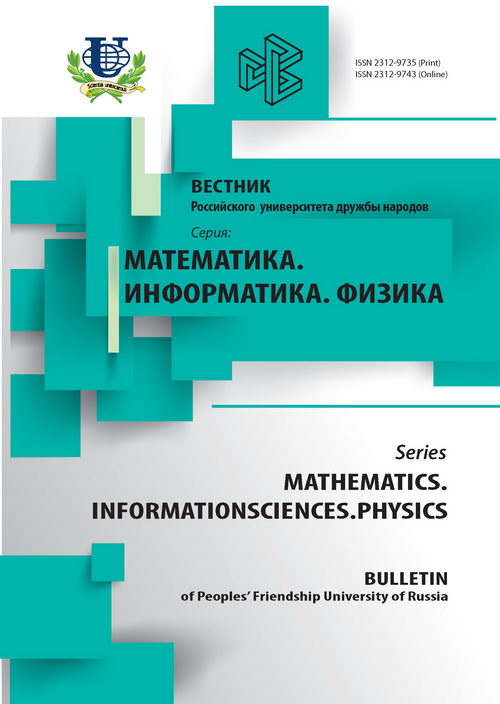Queuing System with Resource Allocation of the Random Volume
- Authors: Naumov VA1, Samuylov AK2
-
Affiliations:
- Service Innovation Research Institute
- Peoples’ Friendship University of Russia
- Issue: No 2 (2015)
- Pages: 38-45
- Section: Articles
- URL: https://journals.rudn.ru/miph/article/view/8271
- ID: 8271
Cite item
Full Text
Abstract
The objective of this paper is the construction and analysis of the model of the wireless LTE network (Long Term Evolution) as a multiserver queuing system where losses are caused by a lack of resources required to service requests. Adopted by the service application takes a random amount of resources given to several types of distribution functions. Random vectors describing the requirements of applications to resources, processes do not depend on input flow and service distribution are jointly independent and identically distributed. L independent Poisson flows of requests enter the system, and there are N identical devices. Service times are distributed exponentially. The functioning of the system is described by the semi-Markov process, which takes into account the number of serviced requests, their types and amounts of resources they occupy. Explicit expressions for the stationary distribution of the semi-Markov process, and the theorem on product form solution are main results of the paper. Further studies suggest checking the hypothesis of invariance with respect to the form of the stationary distribution of the distribution of the service time and the development of numerical methods for the analysis of probability measures of the system.
About the authors
V A Naumov
Service Innovation Research Institute
Email: valeriy.naumov@pfu.fi
A K Samuylov
Peoples’ Friendship University of Russia
Email: asam1988@gmail.com
Department of Applied Probability and Informatics
References
Supplementary files















